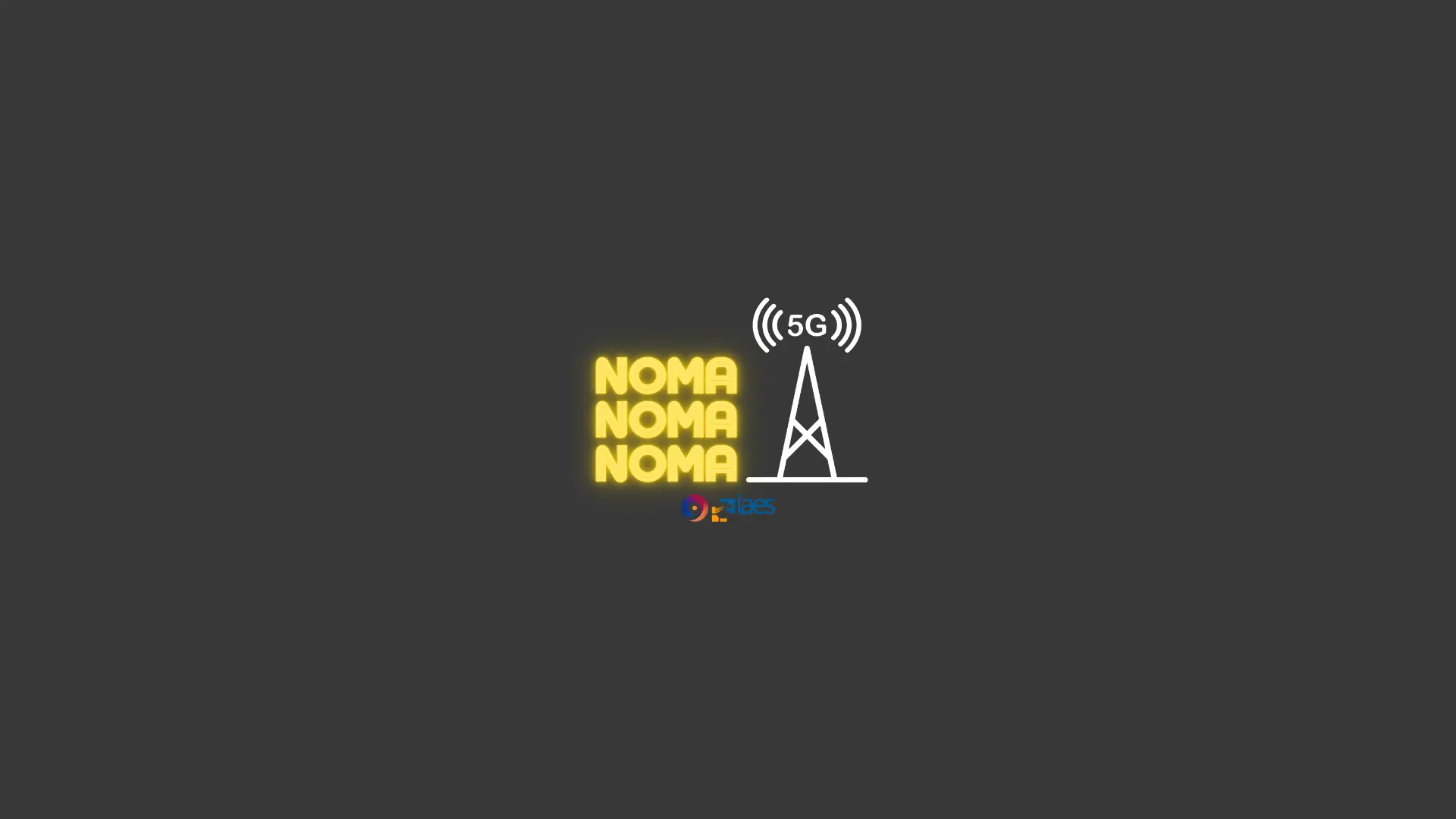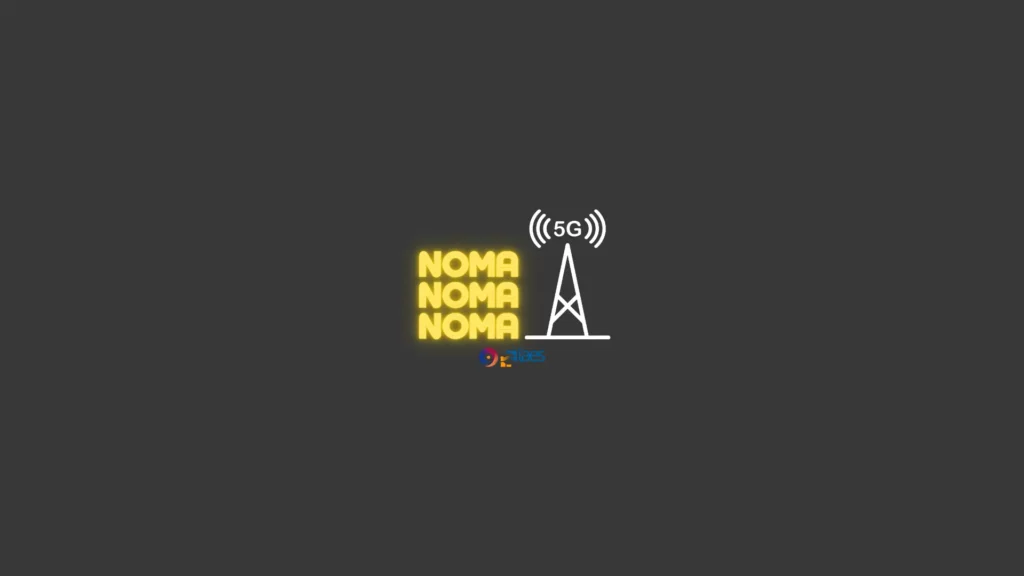Recently, there have been many issues related to academic misconduct,...
Read More



Greetings, fellow Newsletters! May you always be in good health.
This is the IAES’s Nawala of the Institute of Advanced Engineering and Science. Today we would like to share some insights on non-orthogonal multiple access (NOMA) technologies. NOMA is a wireless communication technique developed to improve spectrum efficiency in 5th generation (5G) cellular networks and beyond. Darus et al. conducted research that discussed energy efficiency in NOMA. Details related to the results obtained can be seen in the following article:
Energy-efficient non-orthogonal multiple access for wireless communication system
Muhamad Firdaus Darus, Fakrulradzi Idris, Norlezah Hashim
Non-orthogonal multiple access (NOMA) has been recognized as a potential solution for enhancing the throughput of next-generation wireless communications. NOMA is a potential option for 5G networks due to its superiority in providing better spectrum efficiency (SE) compared to orthogonal multiple access (OMA). From the perspective of green communication, energy efficiency (EE) has become a new performance indicator. A systematic literature review is conducted to investigate the available energy efficient approach researchers have employed in NOMA. We identified 19 subcategories related to EE in NOMA out of 108 publications where 92 publications are from the IEEE website. To help the reader comprehend, a summary for each category is explained and elaborated in detail. From the literature review, it had been observed that NOMA can enhance the EE of wireless communication systems. At the end of this survey, future research particularly in machine learning algorithms such as reinforcement learning (RL) and deep reinforcement learning (DRL) for NOMA are also discussed.
In its development, NOMA can improve network capacity, spectrum efficiency, and overall system performance. This technique can also support better connectivity for large numbers of internet of things (IoT) devices. Hassan et al. conducted research related to cooperative non-orthogonal multiple access (C-NOMA) which is one of the developments of NOMA. More information about C-NOMA can be read in the following article:
Mohamed Hassan, Manwinder Singh, Khalid Hamid, Imadeldin Elsayed Elmutasim
Future wireless networks are expected to face several issues, but cooperative non-orthogonal multiple access (C-NOMA) is a promising technology that could help solve them by providing unprecedented levels of connection and system capacity. In this regard, the influence of the power location coefficient (PLC) for remote users adopting multiple-input-multiple-output (MIMO) and massive MIMO has been explored to provide effective performance. The goal of this study is to design fifth-generation (5G) downlink (DL) NOMA power domain (PD) networks with a variety of distances and PLCs for remote users and then to compare their outage probability (OP) performance versus signal to noise ratio (SNR). As a novel approach to improving OP performance rate and mitigating the influence of the PLC for remote users, DL C-NOMA is combined with 16×16, 32×23, and 64×64 MIMO and 128×128, 256×256, and 512×512 massive MIMO. The results were obtained that the 64×64 MIMO improves the OP for the remote user by 65.0E-03, while the 512×512 massive MIMO achieved an improvement that reaches 1.0E-06 for the PLC of 0.8 at SNR of 14 dB. The Rayleigh fading channels and MATLAB simulation tools were utilized to carry out the study work.
The above articles are a small part of the research on the development of NOMA. To get more information please visit for FREE at the following link: https://ijece.iaescore.com/.
by: I. Busthomi
Recently, there have been many issues related to academic misconduct,...
Read MorePrihardanu et al. (2021) analyzed survey data related to indoor...
Read MoreBigBear.ai is a company at the forefront of leveraging artificial...
Read More